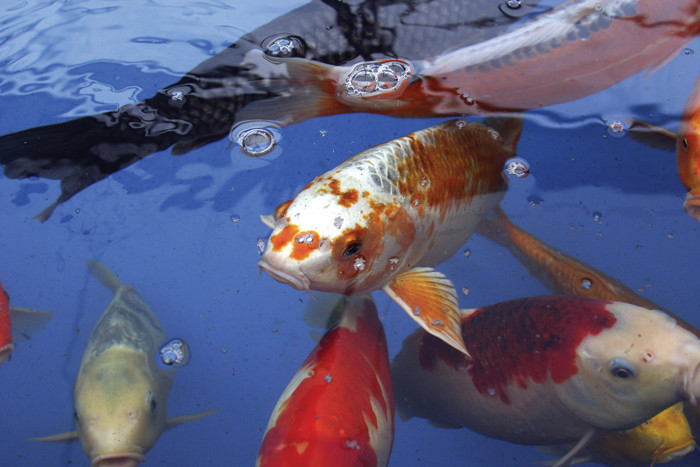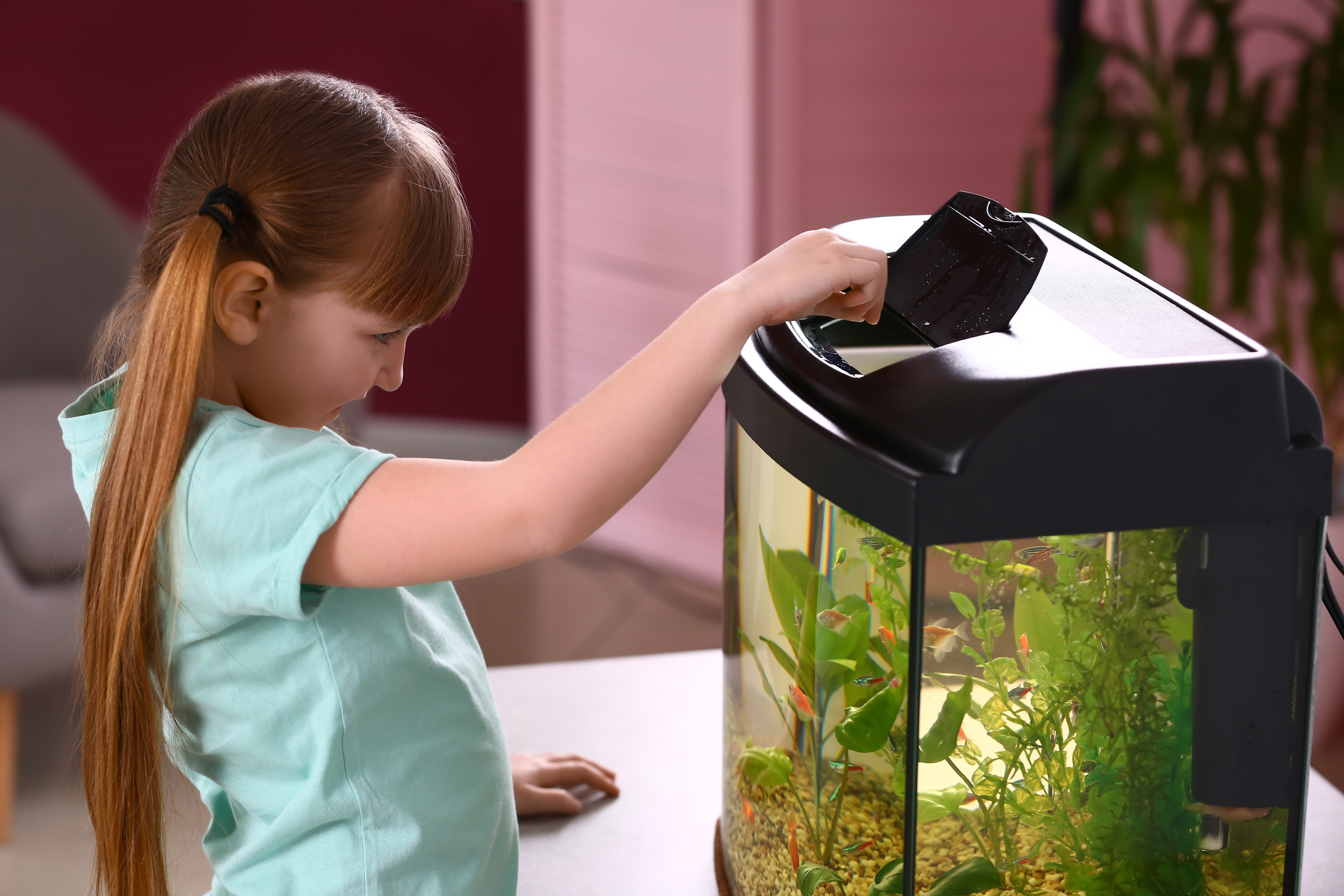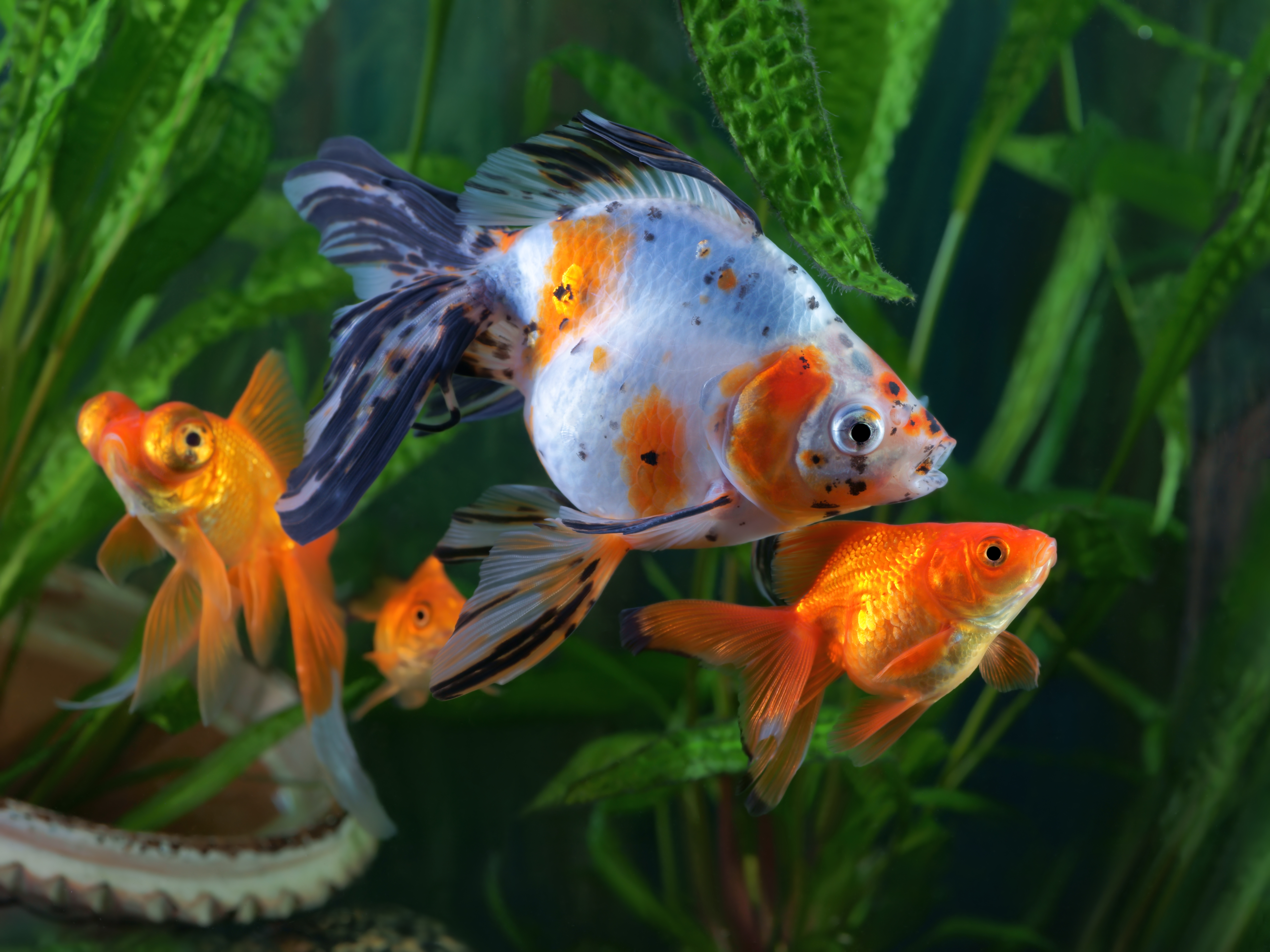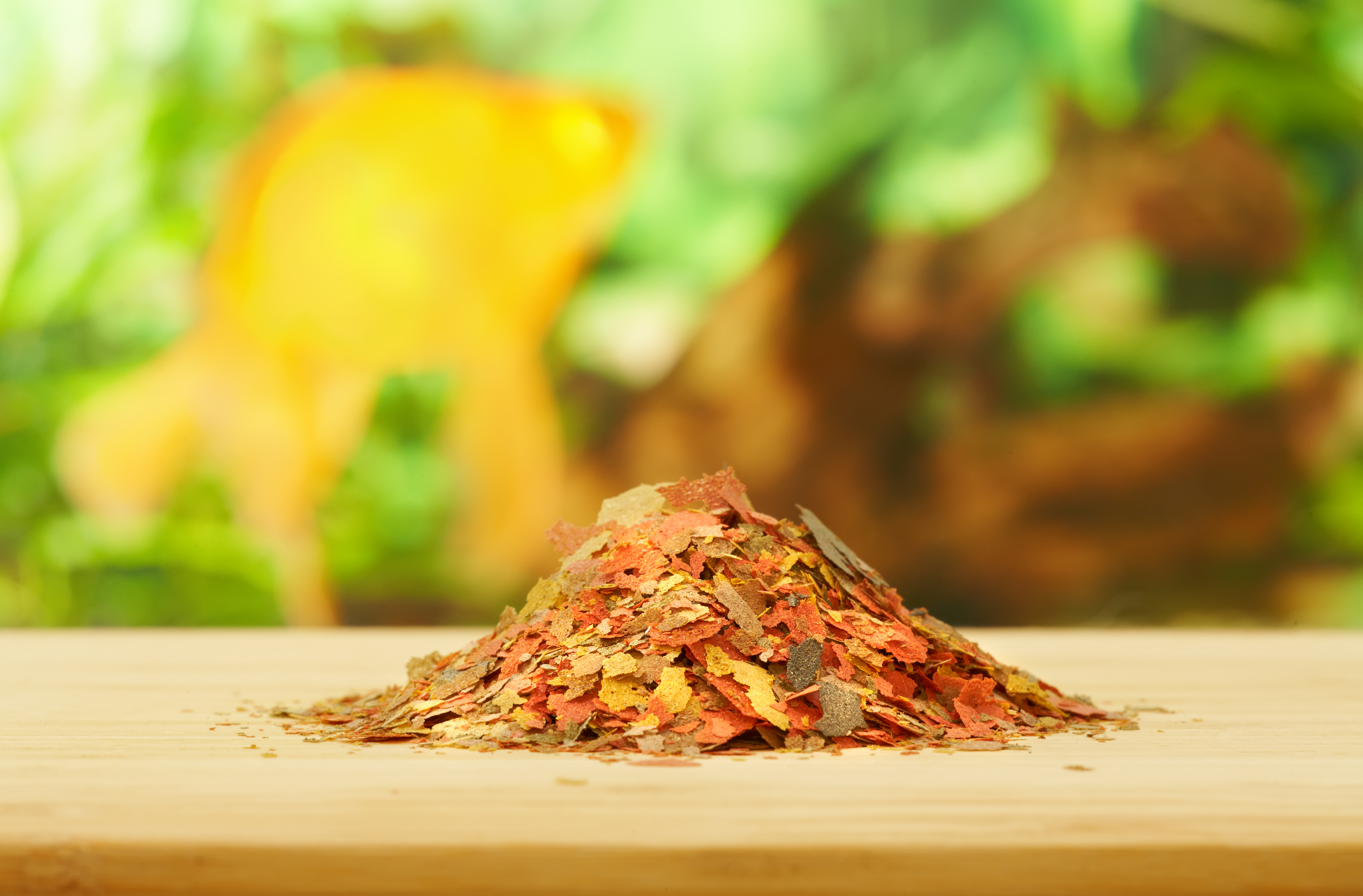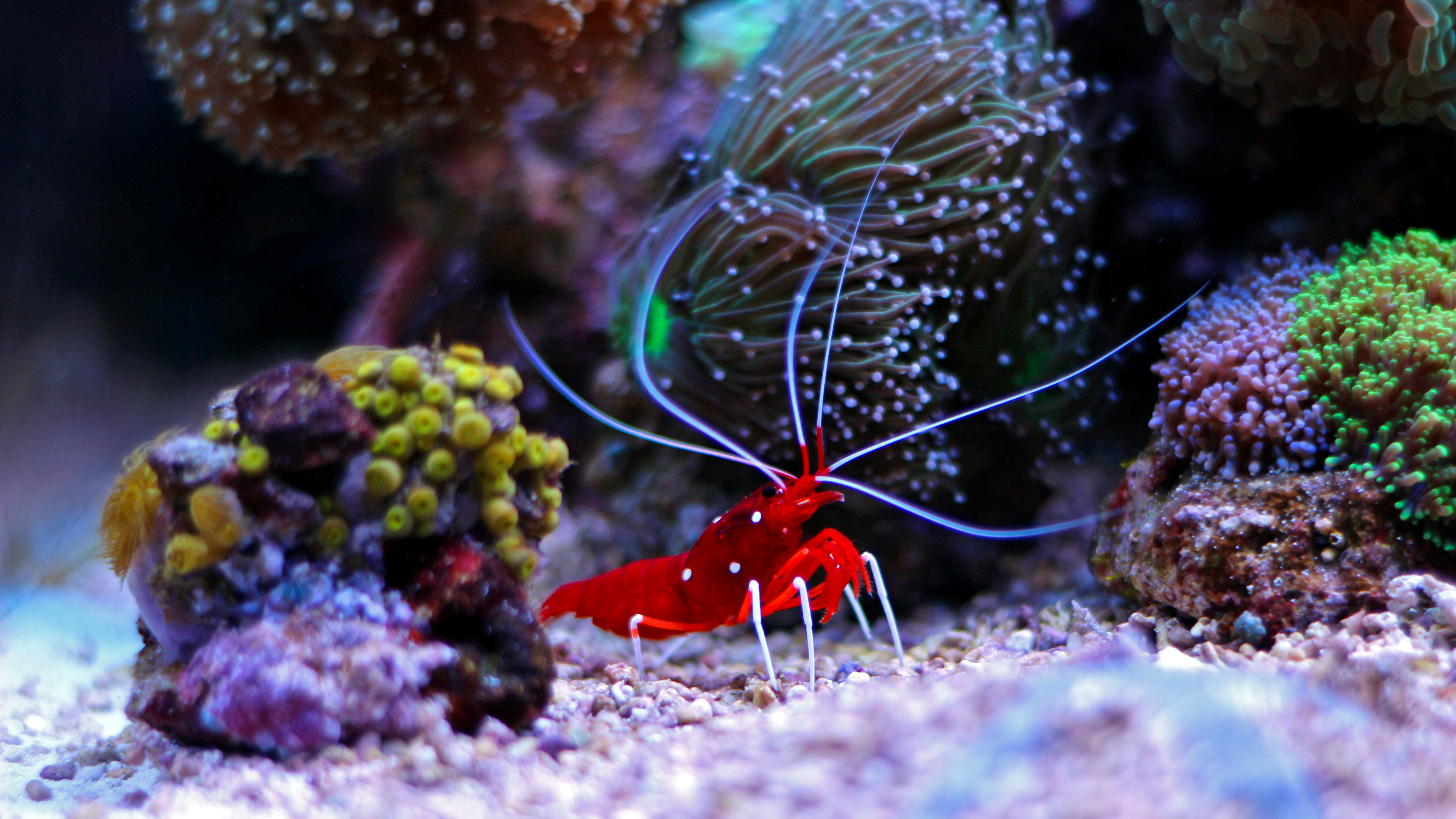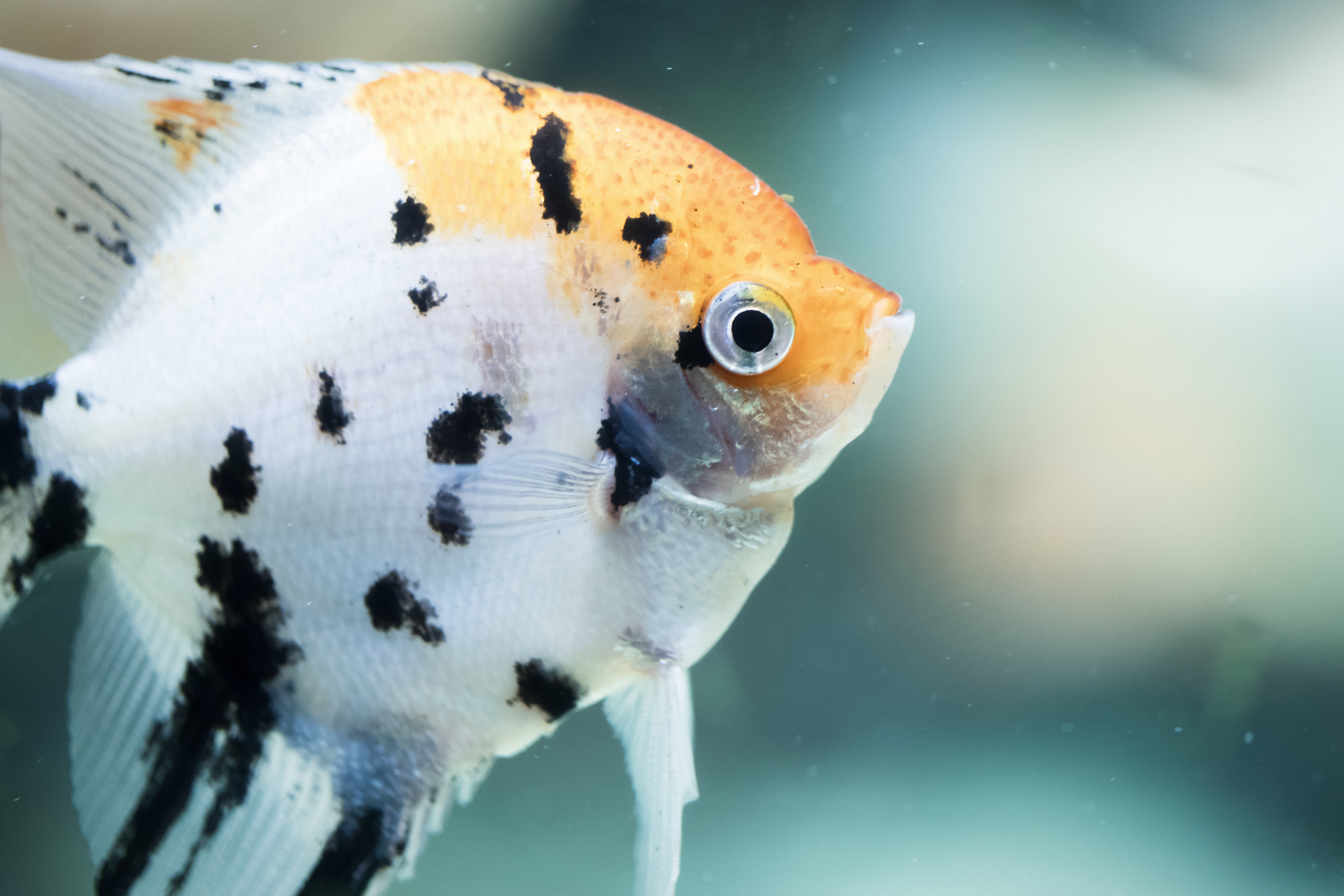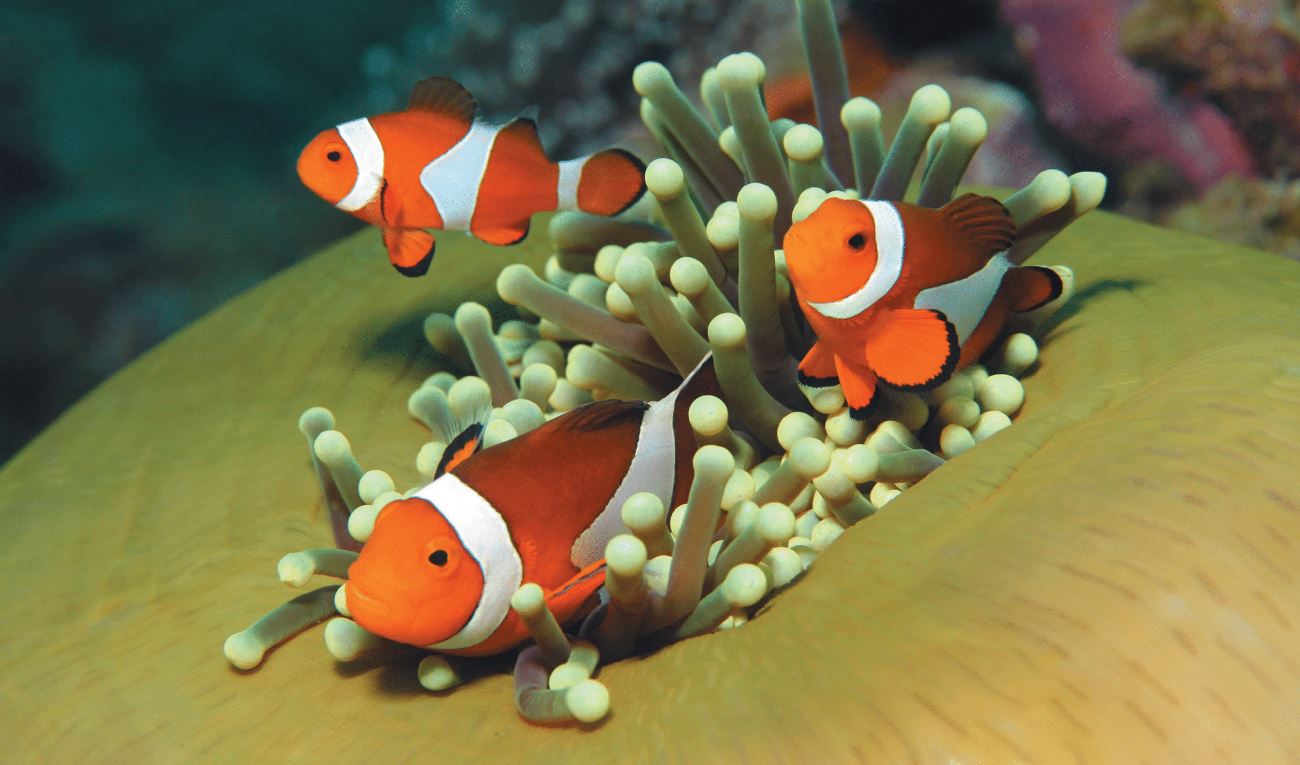The Best Bang for Their Buck
Joe Olenik //June 4, 2014//
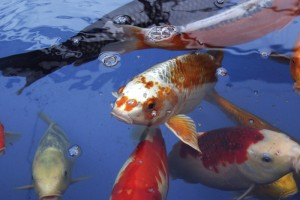 It is said that you are what you eat, and when it comes to pond fish the adage holds true.
It is said that you are what you eat, and when it comes to pond fish the adage holds true.
While genetics and water quality are important factors in how a fish develops, what a koi or goldfish eats has a huge bearing on its color, growth and health over time. Manufacturers constantly strive to improve the quality of its foods, both in terms of ingredients as well as the manufacturing processes, giving retailers high-quality options for their customers.
Deciding what pond fish foods to stock depends on several factors. The demographic makeup of a retailer’s core clientele and the discretionary income they have available should be considered, and since shelf space is always at a premium, store owners must offer their customers the best bang for their buck.
Most koi owners consider their fish more as pets, and will usually spend a little more to give their fish the best. This means better quality ingredients and careful manufacturing processes.
“Once you understand the best price points for your market, then you should consider the quality of the ingredients, the formulations, and the packaging look and feel and the messaging it is giving to your consumers,” Les Wilson, co-founder of Cobalt Aquatics, said. “Obviously your store should try to stock the foods with the best ingredients for the value as you can.”
What’s in a pond fish food and how it is made are of utmost importance. Ingredients should be high in digestible protein, according to Wilson.
“Fish do not need or digest carbohydrates well and are only in food as a binder or a filler, so the better the protein and fat ration to amount of carbs in the formula, the better it is for fish digestion, nutrient uptake and less waste in the pond,” he said.
Nutritional Properties
How long, and at what temperature, a food is cooked will also determine its nutritional value. Just like the food humans eat, if it is cooked too long at higher temperatures, much of the vitamins, amino acids and nutrients are lost.
“Some of the less expensive, dense pellet extrusions for pond fish are actually made in facilities that are designed to manufacture food for other animals, such as livestock, and companion animals,” Keith Heberling of the Anderson Group, representing TetraPond foods, said. “Tetra’s facility only produces product for ornamental fish. The optimization of fish’s long-term health is Tetra’s main goal. Tetra’s German factory [where all of our food is made] must adhere to rigorous quality standards. Every batch of food that is produced is tested with representative fish before it is released for shipping.”
Dainachi has added calcium montmorillonite clay to all of its fish foods. The bentonite clay contains more than 60 mineral compounds, which is said on the company’s website helps in enhancing digestion and growth, as well as neutralizing metabolic toxins. In an artificial environment such as a pond, the clay helps return minerals to the water and stabilizes its chemical make-up, according to the company.
In this way, the water more closely resembles the natural habitat of koi.
Knowledge Is Key
Having knowledgeable staff is essential to ensuring that customers make sound buying decisions. Ideally, sales associates should make contact with all shoppers, but since that doesn’t always happen, packaging becomes an important aspect of product selection as well.
“In the koi world, company ties back to Japan hold an incredible value in the mindset of the consumer, so products that originated in Japan are typically easy sells,” Wilson said. “Cobalt’s partnership with Japan Pet Design’s koi food is a perfect example of these traits. The packaging tells the story of its Japanese roots but is easy to shop by a western consumer.”
Pond foods have evolved significantly and many pond enthusiasts are aware of specific needs for their fish given their age, type and the time of year.
TetraPond’s selection includes basic Floating Sticks as a staple diet, Spring and Fall Diet with wheat germ for transitioning in and out of winter, Koi Vibrance for optimum color development and Koi Growth Food to help younger fish grow.
Hikari offers an extensive line of food products for pond fish, including Saki-Hikari Multi-Season, a diet that is good for feeding koi in cooler water temperatures, and Saki-Hikari Color Enhancing, which promotes vivid coloration.
Probiotics, which have made their way into other pet foods, are now showing up in fish food. These are beneficial bacteria that help animals digest food and get more nutritional value, while at the same time releasing less waste.
Shop owners should stock a complete selection and sales staff should know which foods to recommend and when.
High-end koi owners will want high-quality foods for their fish, while general pond fish keepers will typically look for the best value. By stocking both, retailers will be sure to make a big splash with their pond customers.
